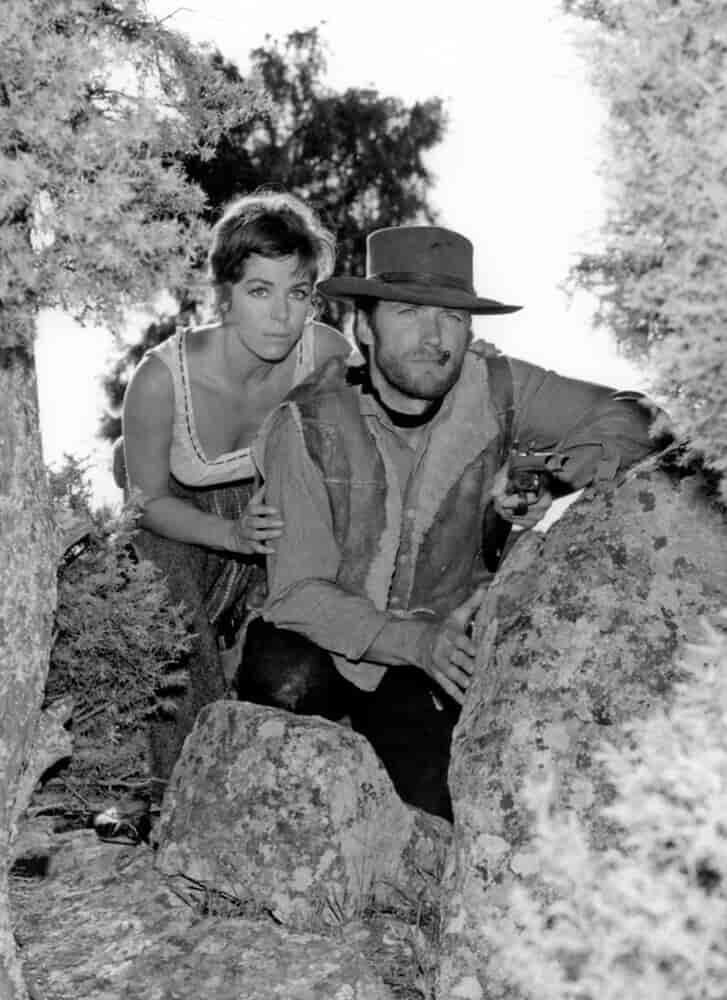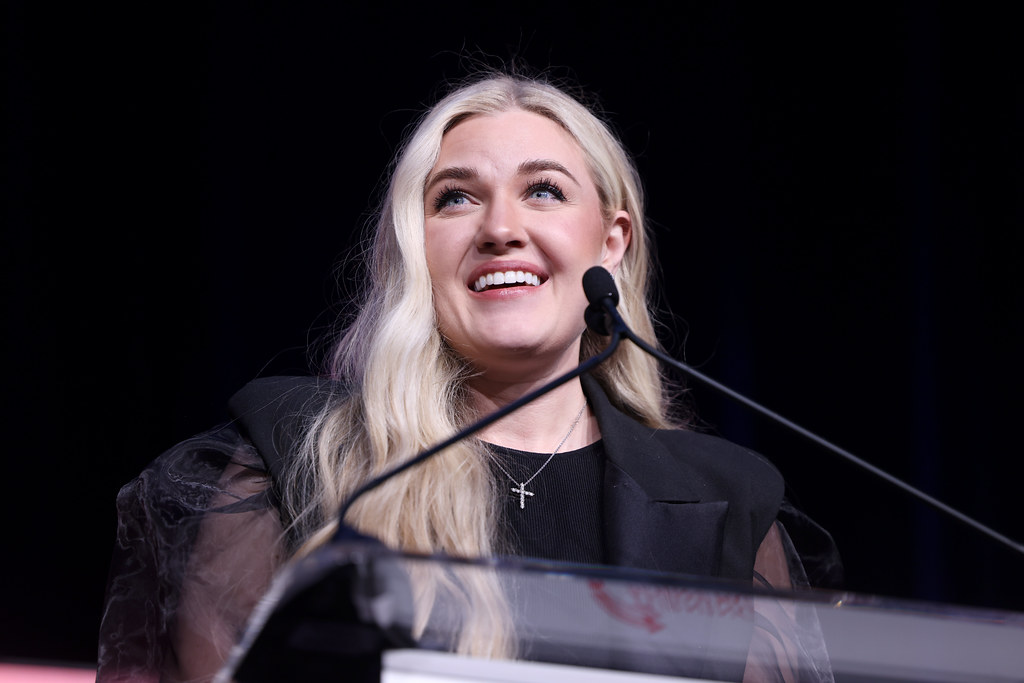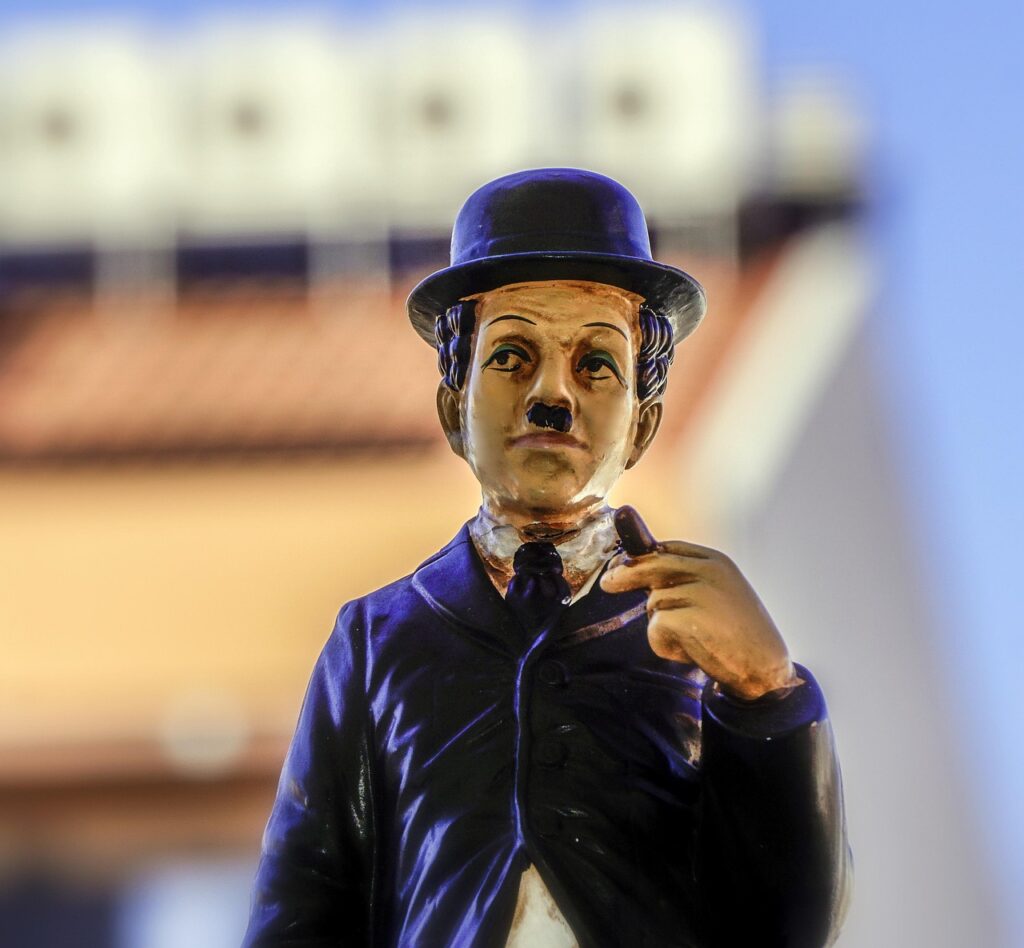
Ah, Hollywood! A land of glittering dreams, iconic performances, and, as it turns out, some truly spectacular personal feuds. While we often imagine our favorite stars as larger-than-life figures, effortlessly charming and eternally professional, the truth is that beneath the dazzling facade, human nature—with all its quirks, clashes, and strong personalities—thrives. Sometimes, these deep-seated animosities grew so intense that actors quite literally refused to share the same stage, or even the same room, leading to logistical nightmares and fascinating anecdotes that have become the stuff of legend.
It’s a curious paradox: the very industry built on collaboration, where disparate talents must come together to create magic, also hosts some of the most profound declarations of professional incompatibility. From method actors clashing with old-school showmen to comedic geniuses succumbing to paranoia, these behind-the-scenes battles offer a rare glimpse into the often-hidden tensions that shaped beloved films. These aren’t just petty squabbles; they are moments where personal lines were drawn so firmly that they altered the course of production, forcing creative teams to work around monumental ego clashes.
So, buckle up, film buffs and history enthusiasts! We’re about to take a deep dive into the fascinating world of Old Hollywood, exploring the stories of beloved entertainers, many of whom possessed significant comedic flair or worked within the comedy genre, whose professional relationships devolved into outright refusal to share the creative space. Prepare to discover how these near-disasters were navigated, the witty declarations made, and how, against all odds, the show often went on, sometimes even to popular and critical acclaim. It’s time to pull back the curtain on some of Tinseltown’s most intriguing and surprisingly humorous on-set hostilities.
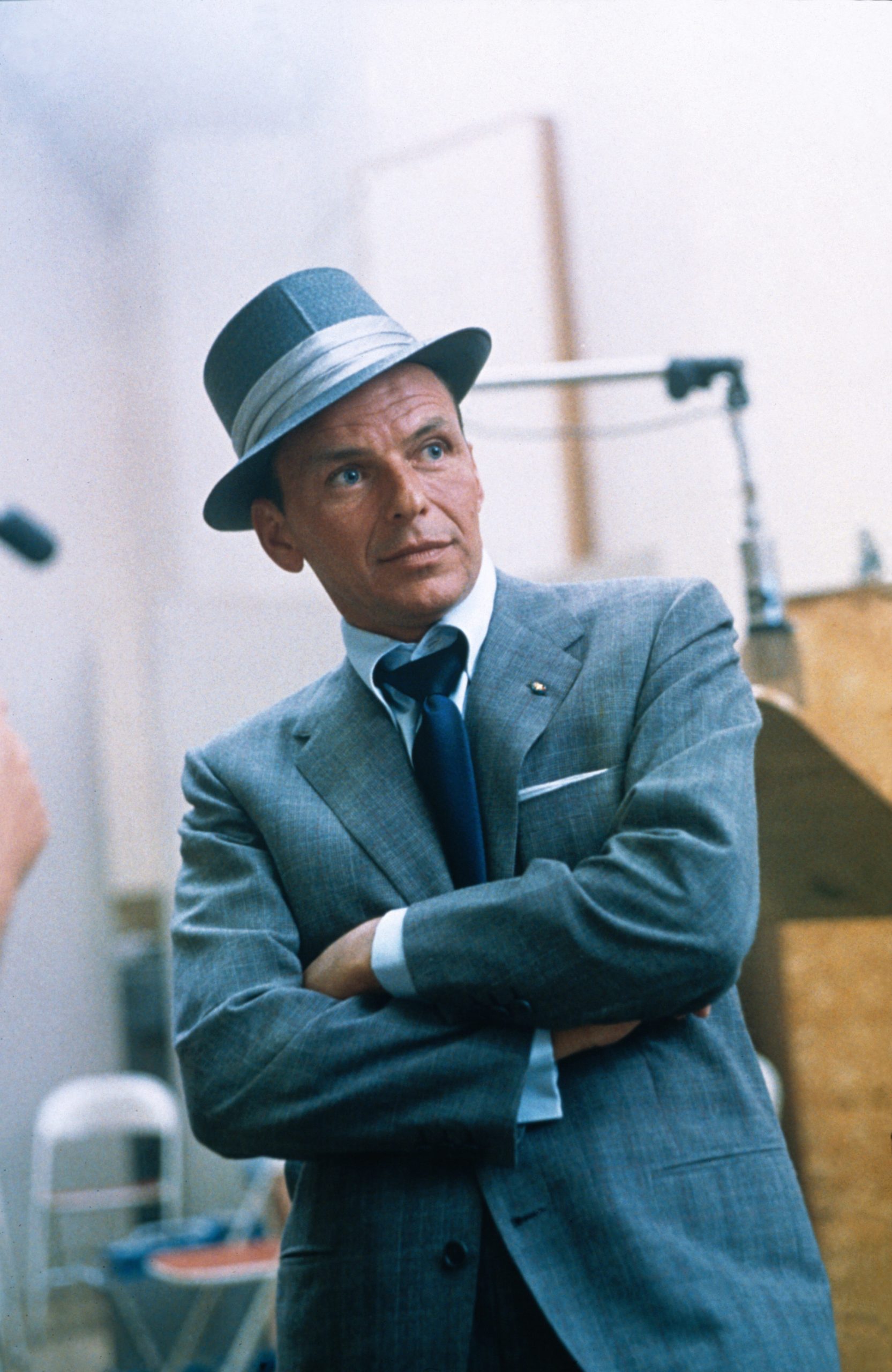
1. **Frank Sinatra & Marlon Brando**Imagine the set of a major Hollywood musical, “Guys and Dolls,” teeming with talent, expectation, and then, a palpable tension so thick you could cut it with a knife. This was precisely the atmosphere when two titans, Frank Sinatra and Marlon Brando, were brought together in 1955. Sinatra, the quintessential “king of old-school show business” with his crooner charm and command of the stage, represented one distinct era of Hollywood. Brando, on the other hand, was the rising star of method acting, embodying a newer, more rebellious spirit and harboring a “lifelong contempt for Hollywood as commerce.”
It seemed almost inevitable that these two powerful personalities would clash, and clash they did. The animosity, particularly from Sinatra’s side, reportedly predated the filming of “Guys and Dolls” itself. According to Turner Classic Movies, Brando initially tried to engage with Sinatra during rehearsals, especially on the musical numbers where Sinatra’s expertise shone. However, Sinatra, with a clear declaration of his disinterest, “refused” to engage. This early snub set the tone for what would become a notoriously frosty working relationship throughout the production.
Once Brando felt alienated, the set quickly fractured, dividing into two distinct camps loyal to one star or the other. Director Joseph Mankiewicz, who reportedly leaned towards Brando’s side, found himself with his hands full. Sinatra consistently “refused to perform as desired,” creating significant challenges for the production. Meanwhile, Brando, not one to back down, resorted to “childish pranks” as a way to retaliate against his co-star, further escalating the animosity.
Their feud deteriorated to the point where the two leads “wouldn’t directly interact on the set.” All communication between the two had to be relayed back and forth by intermediaries, a striking testament to their absolute refusal to share a common working space or even a direct conversation. Despite this intense personal drama, and the partisanship that spread through the crew, their private battle did not “poison other working relationships” nor did it diminish the film’s artistic or commercial success. “Guys and Dolls” became a critical and commercial hit upon its release. Yet, neither Sinatra nor Brando would ever recall the film, or the turbulent experience of making it, with any fondness in their later years, a clear indication of how deeply their refusal to truly share the stage affected them.
Read more about: Behind the Camera: 15 Hollywood Feuds from Golden Age Films That Were Brushed Aside During Filming

2. **Peter Sellers & Orson Welles**Fast forward to the chaotic, star-studded set of 1967’s “Casino Royale,” a film now best known as a wild and expensive spoof born from a convoluted series of contracts. Producer Charles K. Feldman sought to capitalize on the burgeoning James Bond craze with a comedic adaptation, leading to a production that featured five directors, numerous writers, and a carnival atmosphere. It was a project designed for laughs and spectacle, but for one of its many stars, Peter Sellers, the experience was anything but enjoyable.
Sellers, a truly legendary figure in Hollywood history for his unparalleled comedic chops, was also notoriously “mercurial and difficult to work with.” His behavior on the set of “Casino Royale” was a prime example of this temperament. Among his many demands, he notably insisted that the legendary Orson Welles be cast as the villainous Le Chiffre. However, this casting choice soon backfired, as Sellers quickly “grew paranoid and jealous of Welles.”
Welles, by all accounts, was “well-liked by the crew for his jovial attitude” and received considerable attention from visiting dignitaries, a situation that undoubtedly fueled Sellers’s insecurity. Despite initial claims to the contrary, the two actors did manage to film “at least a few shots together.” However, Sellers’s paranoia eventually escalated to an undeniable refusal to share the stage, as he “insisted that the rest of their scene be covered so that neither had to be on set at the same time as the other.” This logistical hurdle meant that their performances had to be pieced together, completely altering the traditional collaborative acting process.
Sellers’s difficult behavior continued to plague the production, with reports of him “striking a director” before he ultimately “quit the picture before all his scenes were shot.” This abrupt departure necessitated a “convoluted rewrite involving multiple James Bond stand-ins,” transforming an already complex production into an even more labyrinthine endeavor. The clash between Sellers’s comedic genius and his profound personal insecurities left an indelible, if chaotic, mark on a film already brimming with eccentricities, proving that even the most brilliant comedic minds can refuse to share a creative space when ego takes hold.
Read more about: Lights, Camera, Conflict: 15 Iconic Actors Who Refused to Film Scenes Together on Set
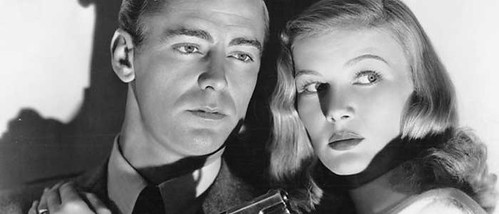
3. **Joel McCrea & Veronica Lake**Love scenes, by their very nature, are often awkward for actors to perform, being exercises in simulated intimacy in front of a full crew. But the situation reaches an entirely different level of discomfort when the actors tasked with portraying romance can’t stand each other off-screen. This, it seems, was precisely the case for Joel McCrea and Veronica Lake during the filming of the 1941 romantic comedy “Sullivan’s Travels,” a film that charmed audiences and cemented director Preston Sturges’ reputation as a first-rate talent.
McCrea was deeply grateful to Sturges for tailoring the leading part specifically for him, and Lake, despite initial studio objections, also enjoyed working on the film once Sturges championed her casting. However, the studio’s reluctance stemmed from her existing “reputation for being difficult,” a reputation she unfortunately lived up to during production. Lake reportedly struggled with remembering her lines and compounded the issues by hiding her six-month pregnancy, factors that significantly contributed to the film running “over budget and schedule.”
By the end of filming, both the director and McCrea were utterly “exasperated with her.” The culmination of this on-set frustration led to a famously blunt declaration from McCrea. According to Vanity Fair, he allegedly declared that “life’s too short for two films with Veronica Lake.” This wasn’t merely a private complaint; it was a strong, unequivocal statement of refusal to ever work with her again, a sentiment that would soon be put to the test in a real-world scenario.
McCrea allegedly held firm to this mantra when, just a year later, he was offered the chance to reunite with Lake on another comedy, “I Married a Witch.” Though the film proved to be a fantastic vehicle for Lake’s career, its production was also plagued by troubles and delays. Part of the problem reportedly arose when McCrea, who was pursued for the leading man role, “dropped out when he realized he’d have to work with Lake again.” This decisive action cemented his refusal and highlighted how intensely personal friction could disrupt even promising comedic collaborations, demonstrating that sometimes, for an actor, life truly is too short for a difficult co-star.
Read more about: JD Souther: Remembering the Master Songwriter Who Shaped ’70s Country-Rock and Beyond
4. **John Wayne & Clint Eastwood**In the vast, dusty plains of the Western genre, few names loom as large as John Wayne and Clint Eastwood. Their careers, both defining their respective eras of the Western, overlapped, making it seem almost natural for a producer to attempt to unite these two giants on screen. However, the reality was far more complex, as “the Duke never warmed up to the newcomer on the Western scene” and, as the context states, “made it a point not to work with him.” This was a clear, strong declaration of non-cooperation from one of Hollywood’s most iconic figures.
It wasn’t always this way, though. Early in Eastwood’s career, Wayne had reportedly “encouraged” him, suggesting a potential mentor-mentee relationship. Yet, Wayne was also fiercely “protective of the traditional image of the Western,” an image he saw as celebrating “the pioneering spirit of America” and embodying a certain “idealized conservatism.” As Eastwood rose to prominence, both as an actor and later as a director, he began to create films that “subverted and challenged that traditional image.” This artistic divergence “rubbed the Duke the wrong way,” creating an ideological chasm that translated into a professional refusal.
Despite the clear divide, Eastwood, for his part, made a direct effort to bridge the gap. In the 1970s, he approached Wayne, asking him to join the cast for a film then in development called “The Hostiles.” Eastwood sent the script to the older actor, hoping to entice him. However, Wayne’s reply was an unequivocal refusal, delivered in a letter that detailed his “opposition to the image of the American West Eastwood had shown in his directing vehicle ‘High Plains Drifter’.” This wasn’t just a rejection of a role; it was a fundamental disagreement with Eastwood’s artistic vision, an unwillingness to lend his legendary presence to a portrayal that contradicted his deeply held beliefs.
Eastwood, demonstrating persistence, reportedly “tried three times to entice Wayne,” but the Duke remained firm in his refusal. Reflecting on the situation years later, Eastwood candidly “chalked up the divide between them to generational and attitudinal differences.” The refusal of these two titans of the Western to share the same cinematic stage is a powerful testament to how deeply artistic and ideological clashes can influence professional choices, even among the most beloved figures in film history, and how sometimes, a fundamental difference in vision is enough to prevent a collaboration that seemed destined to happen.
Continuing our journey through Hollywood’s most notorious feuds, we’ll uncover four more instances of beloved performers refusing to work together, examining the diverse reasons behind their decisions and the lasting impact on their careers and cinematic history. This section will also reflect on the broader significance of these behind-the-scenes conflicts in shaping entertainment. As we’ve seen, the glitz and glamour of Tinseltown often mask a fascinating undercurrent of human drama, where strong personalities and deeply held convictions can lead to monumental clashes that forever alter the course of a film, or even a career.
Read more about: Secret Tragedies: 12 Beloved DC Movie and TV Actors Whose Quiet Departures Left Lasting Legacies

5. **John Wayne & Charlton Heston**Imagine two colossal figures, each synonymous with epic storytelling and heroic leading roles, yet divided by an invisible chasm of ideology. Such was the case with John Wayne and Charlton Heston, two titans of American cinema whose paths could have converged on a project of monumental scale, but for a rather significant political difference. Wayne, already an established Hollywood legend by 1960, harbored a long-cherished dream: to direct a major motion picture about the siege of the Alamo.
Initially, Wayne envisioned himself behind the camera, but financial pressures forced him into the starring role of Davy Crockett, a part he reportedly took against his own instincts. For another pivotal role, that of Jim Bowie, he hoped to enlist Charlton Heston, an actor whose towering screen presence was by then well-known for portraying formidable leaders like Moses. It seemed a natural fit for such an ambitious historical epic, yet the political landscape of the era, and the firm stances of these two actors, proved to be an insurmountable obstacle.
At the time “The Alamo” was in production, Heston was an avowed Democrat, a stark contrast to Wayne, who was already famous, and in some circles, notorious, for his staunch right-wing views. This ideological divide wasn’t merely a private disagreement; it seeped into their professional lives. Heston ultimately passed on the project, making it clear that Wayne being the director was a significant factor in his decision. It was a direct refusal, not merely to take a role, but to align himself creatively with a figure whose political leanings he couldn’t reconcile with his own.
The impact of this decision was profound, not only for “The Alamo” but also for the potential collaboration of two iconic actors. The pair never worked together after this incident, though they did both appear in “The Greatest Story Ever Told” in separate scenes, avoiding direct interaction. Years later, Heston underwent a significant political transformation, becoming a right-wing Republican himself, and reportedly expressed regret at having turned Wayne and “The Alamo” down. It’s a fascinating historical anecdote that highlights how deeply personal and political convictions can influence professional choices, even causing beloved performers to refuse to share the same creative space.
Read more about: Chuck Connors: The Life, Legacy, and Unveiling the Cause of Death of ‘The Rifleman’ Star
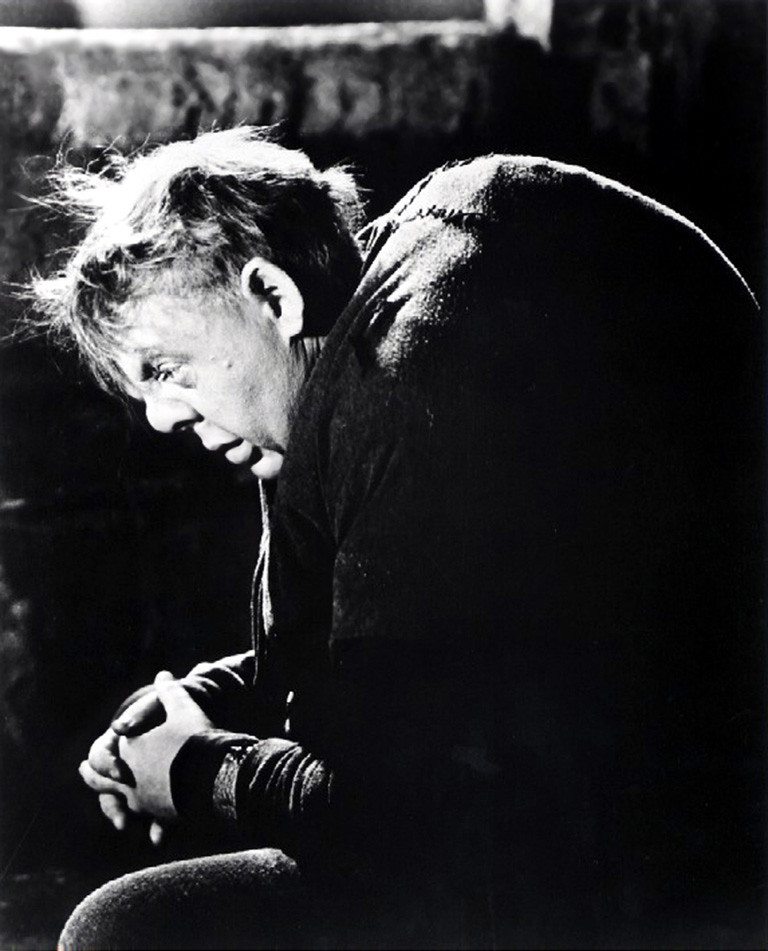
6. **Charles Laughton & Laurence Olivier**When an Old Hollywood epic about ancient Rome needs a cast, it almost invariably calls upon a cohort of brilliant British actors to embody its elite figures. Such was the promise of “Spartacus,” a film that brought together two of the finest English actors of their generation: Laurence Olivier, who portrayed Crassus, and Charles Laughton, cast as Gracchus. On paper, it was a dream team, a convergence of formidable talent destined for cinematic greatness. Yet, beneath the grandiosity of the set, a simmering animosity threatened to boil over, revealing a profound lack of love between these two veterans of both British stages and Hollywood screens.
The tension between Laughton and Olivier was no secret; another British actor in the film, Peter Ustinov, vividly claimed they were reduced to “snarling animals” in their mutual loathing. Star and producer Kirk Douglas had tirelessly pursued both men for “Spartacus,” despite Laughton’s well-documented disdain for the script and Olivier’s own personal struggles, including a crumbling marriage. Laughton, it seems, was always ready for a grievance, keeping up his complaints throughout filming, even after the studio acquiesced to his demands by having Ustinov rewrite some of his material. Ustinov later confided to The Strand Magazine that Laughton “was always hanging around to be offended,” while Douglas even recalled a moment when Laughton threatened to sue him.
Olivier, for his part, simply held a deep personal dislike for Laughton. He once candidly remarked, “The only actor I ever knew who was a genius was Charles Laughton. Maybe that’s why he was so difficult.” His reaction to Laughton’s on-set behavior was far from conciliatory; instead, he reportedly handed Laughton a diagram of a Stratford stage, pointedly indicating where the veteran actor ought to stand—a subtle yet stinging rebuke of Laughton’s perceived unprofessionalism and ego. This kind of passive-aggressive maneuvering spoke volumes about their inability to find common ground.
The mutual “snarling and snapping” escalated to such a degree that it became impossible for the two to work directly together. Ustinov, caught in the middle, allegedly had to step into the role of mediator, acting as a human buffer between the two theatrical giants. While the specifics of this extraordinary arrangement remain somewhat vague, Ustinov didn’t deny such a description in his interview, stating, “There was really nothing to do [about their hostility]… But I wasn’t foolish enough to suggest that they should think again.” It’s a remarkable testament to how personal antipathy can force even the most seasoned professionals to refuse to share the same immediate creative space, turning a collaborative art form into a logistical challenge.
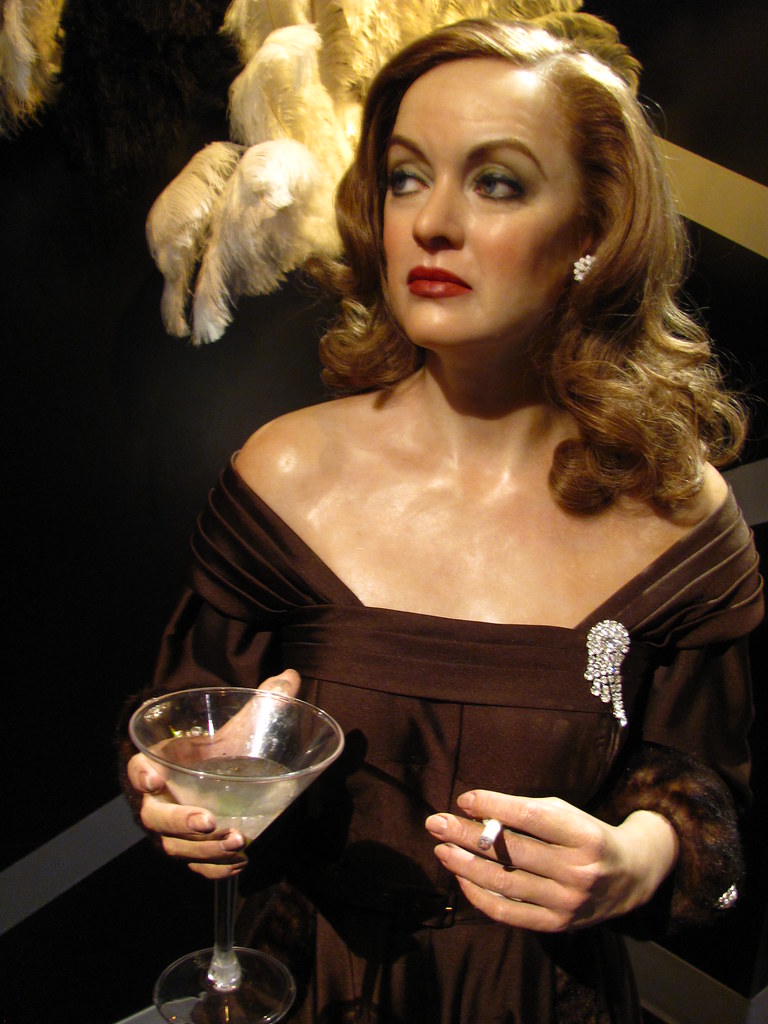
7. **Bette Davis & Errol Flynn**Ah, the Golden Age of Hollywood, a time when studio contracts often paired stars together, sometimes leading to iconic on-screen chemistry, and other times to explosive off-screen feuds. Such was the dynamic between Bette Davis and Errol Flynn, two immense talents who worked together twice while under contract at Warner Bros in the 1930s, on “The Sisters” and “The Private Lives of Elizabeth and Es.” While Davis later described Flynn as “the most beautiful man that ever lived, and the most charming” to Dick Cavett, her admiration for his looks did not extend to his professional discipline or talent. She simply felt he lacked both.
Flynn, in turn, found Davis to be excessively controlling and bossy, a clash of personalities that created a particularly fraught working relationship. Their animosity reached a peak during the filming of “Elizabeth and Es.” The set of this historical drama, which should have been ripe with regal tension, instead became a battleground for its two stars. Reports indicate that Davis, in character, would go so far as to smack Flynn with her ring-laden hand, while Flynn retaliated by hitting her on the rear. These were not mere playful jests; they were physical manifestations of a profound mutual dislike, turning dramatic scenes into personal skirmishes.
Davis carried her profound disdain for Flynn well beyond the wrapping of “Elizabeth and Es,” and it proved strong enough to influence a monumental career decision. As she recounted to Cavett, David O. Selznick, the legendary producer, proposed borrowing both Davis and Flynn to play the leads in his ambitious production of “Gone with the Wind.” This was arguably the most coveted film role of the era, yet Davis, unwavering in her conviction, turned down the offer. Her reasons were twofold: she explicitly stated her unwillingness to work with Flynn again, and she firmly believed he was incapable of portraying the complex character of Rhett Butler.
This decisive action solidified her refusal to share the stage with Flynn, a decision that speaks volumes about the intensity of their professional friction. It wasn’t just a matter of ego; it was a deep-seated belief in their incompatibility as artistic partners. Interestingly, Davis didn’t believe Flynn would take offense at her assessment. As she told Cavett, “Errol was the most honest person about his talent… He made no bones about saying, ‘I’m not an actor at all.'” This contrasting perspective adds another layer to their dramatic dynamic, highlighting how even self-aware actors can become the center of such unyielding professional standoffs.
Read more about: Bucket List Cinema: 14 Certified Fresh Movies You Absolutely MUST See Before You Kick the Bucket
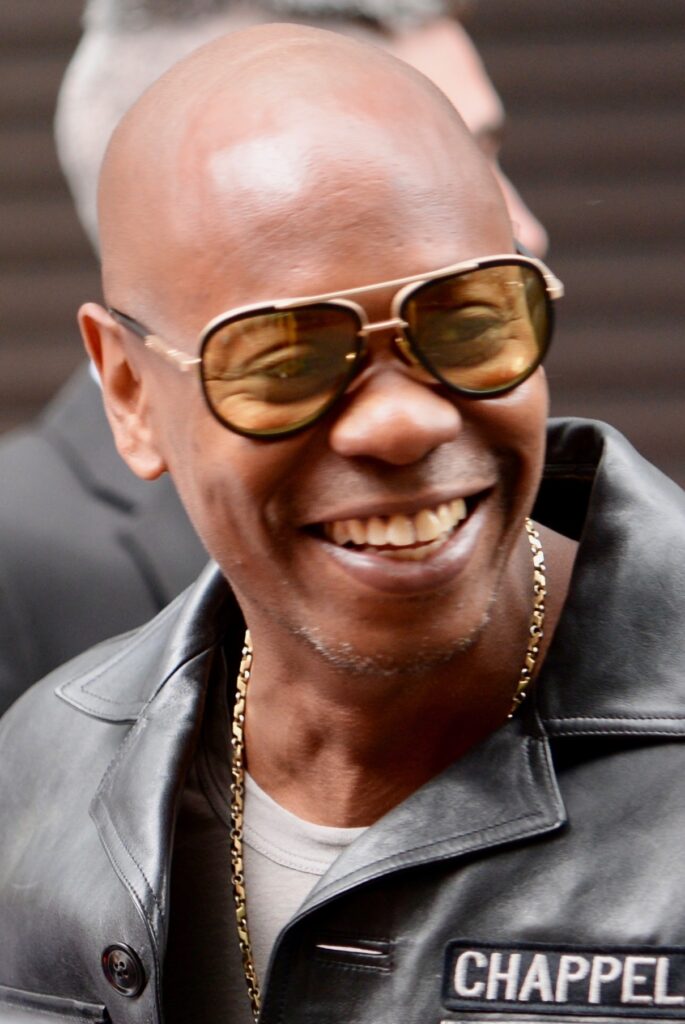
8. **Dave Chappelle & Netflix Feuds**In the ever-evolving landscape of stand-up comedy, few figures have made as indelible an impact as Dave Chappelle, bursting onto the scene with a force that forever altered the comedic firmament. Yet, even the most revered and beloved comedians are not immune to conflict, and Chappelle’s journey, particularly in his collaborations with Netflix, became a fascinating case study in artistic integrity clashing with public perception. It was less a traditional co-star feud and more a declaration of refusal to compromise his comedic voice, transforming his stage into a fiercely defended bastion against external pressures and criticisms.
Chappelle, known for his incisive humor and unflinching honesty, faced significant waves of criticism for sticking to his “comedic guns” across several Netflix specials. This wasn’t a backstage whisper campaign; it was a loud, public debate that created a “raucous vibe” and made audiences, and indeed the industry, sit on the edge of their seats. The tension stemmed from the comedian’s controversial remarks, which many critics and segments of the audience found offensive, leading to calls for Netflix to de-platform him or for Chappelle himself to alter his material.
However, Chappelle, with characteristic defiance, refused to cede ground. His responses on stage at comedy festivals, and within his specials, became “mic-drop moments” that unapologetically “blasted unsuspecting critics into orbit.” This was his powerful declaration that he would not “share the same stage”—meaning his artistic platform and creative autonomy—on terms dictated by those seeking to censor or reshape his voice. The stage, for Chappelle, became an “open battlefield” where humor and controversy collided, demonstrating how fundamental artistic integrity can manifest as a refusal to conform.
The palpable tension surrounding these feuds underscored not just Chappelle’s humor, but the very essence of how comedy can thrive on conflict, and how an artist’s commitment to their truth can become a form of resistance. When he quipped about those challenging his voice, the audience’s collective “touché!” was a testament to his ability to disarm heckler tensions and broader criticisms with a well-timed slam. His refusal was not against a fellow performer in a scene, but a staunch declaration against external forces demanding he change his art, proving that “not sharing the same stage” can extend to a refusal to share a compromised artistic space.
In the exhilarating realm of entertainment, the curtains may rise on tales of seamless collaboration, but behind them often lie fascinating narratives of human friction and unyielding wills. From the ideological chasms that separated Western legends to the fiery personal animosities between dramatic powerhouses, and even the uncompromising artistic stances of comedic titans, these instances of refusal to share the same stage reveal the potent human element at the heart of Hollywood. These weren’t mere temper tantrums; they were moments where strong personalities drew lines in the sand, sometimes altering film history, sometimes forging an unexpected legacy of defiance. Ultimately, these stories aren’t just about who wouldn’t work with whom; they’re vital anecdotes that enrich the tapestry of cinematic lore, reminding us that even in the most collaborative of arts, the individual spirit, for better or worse, always finds a way to leave its indelible mark.

